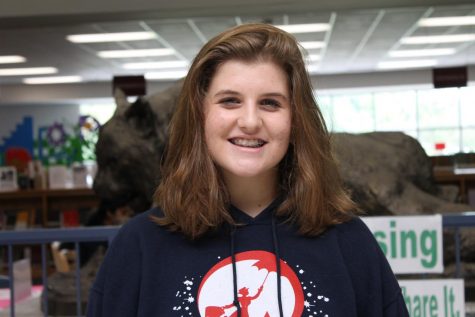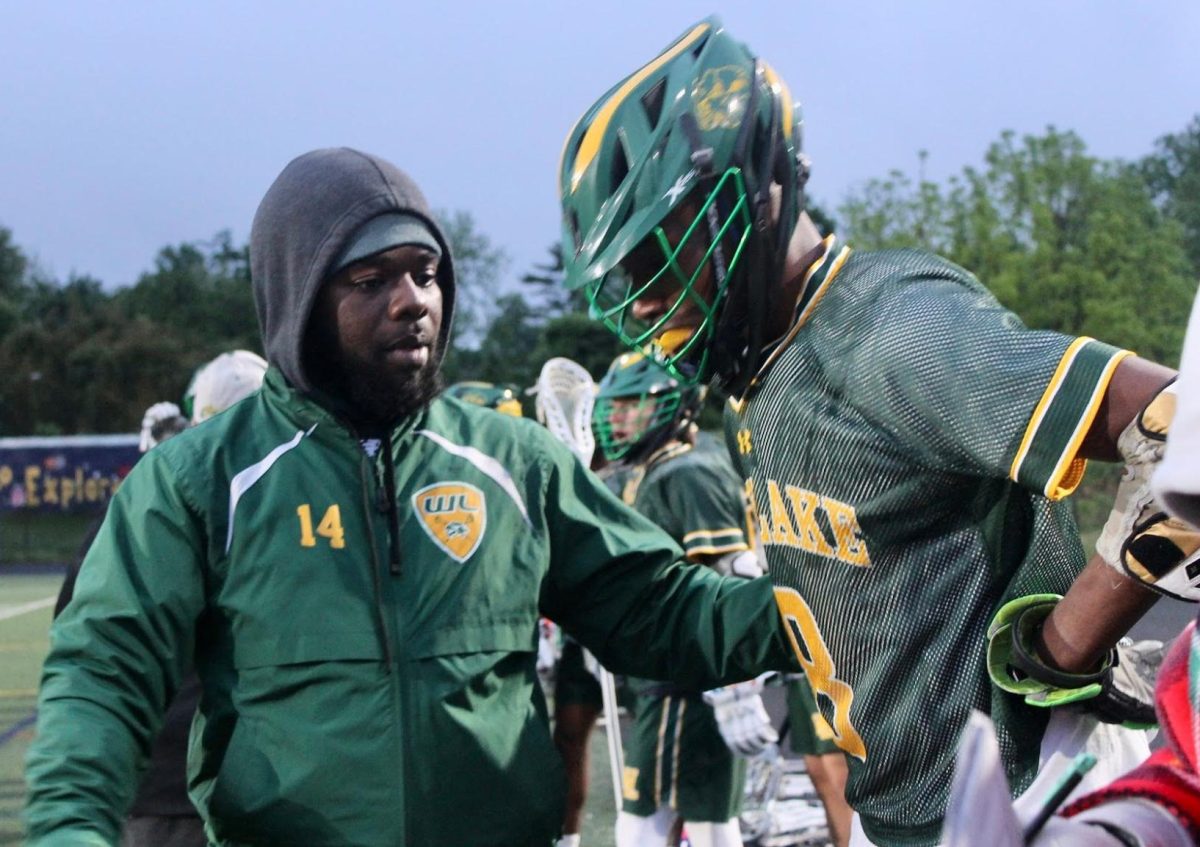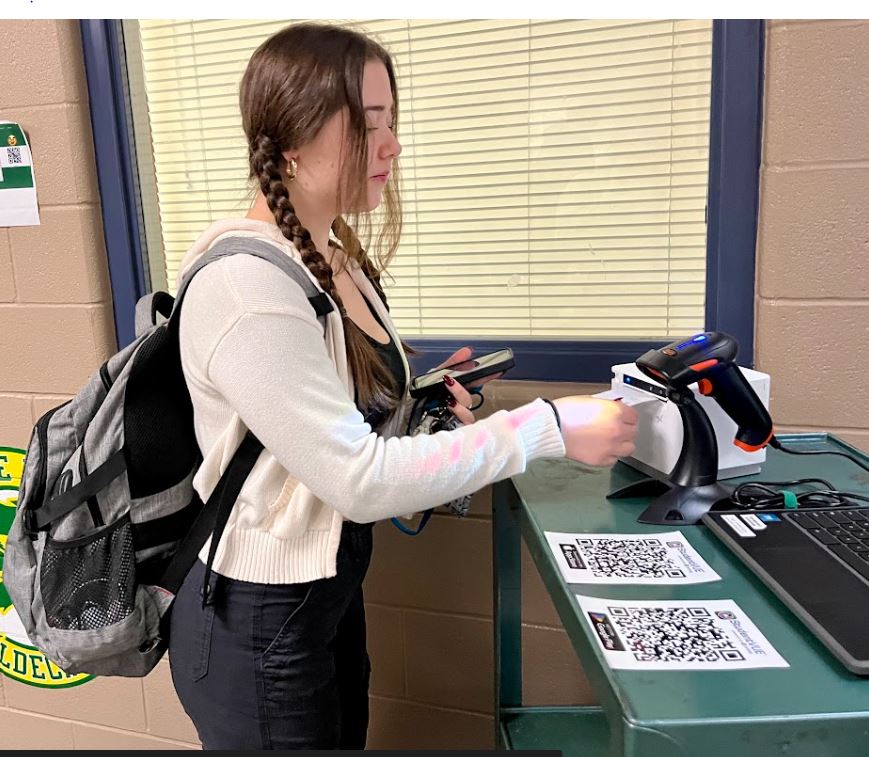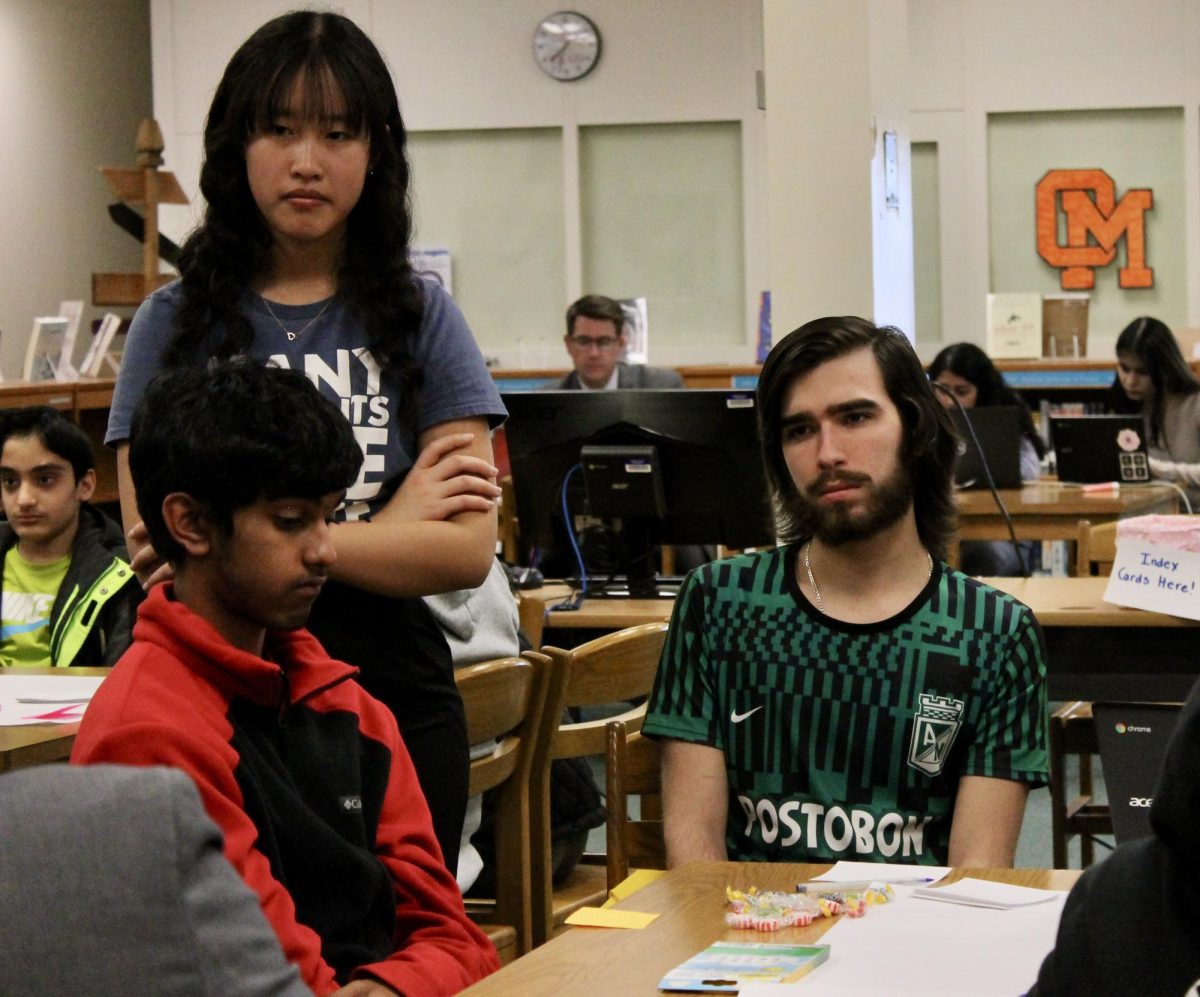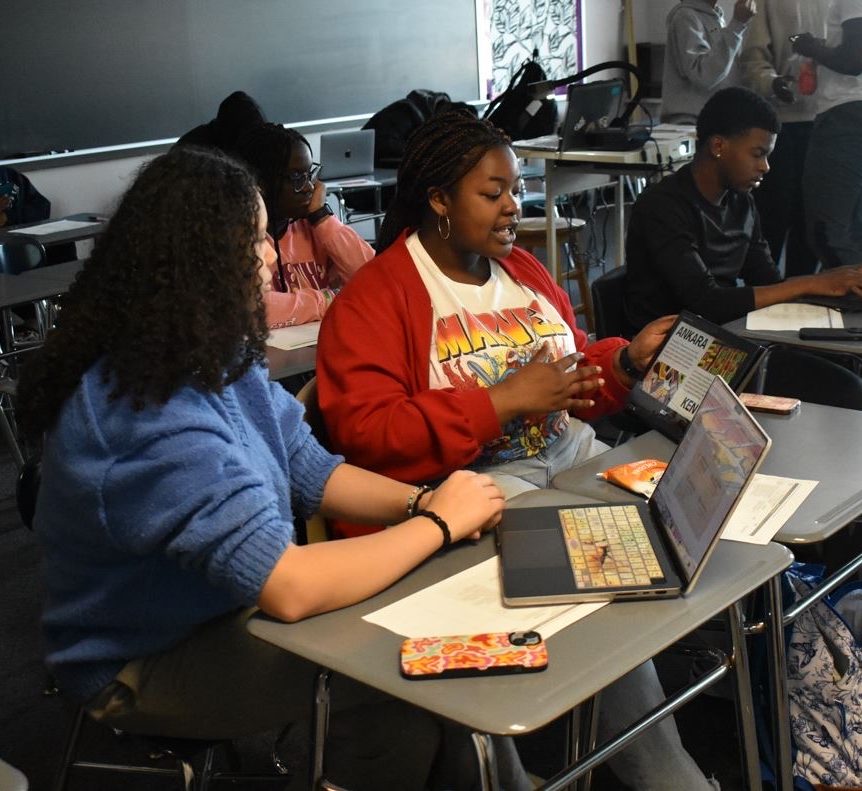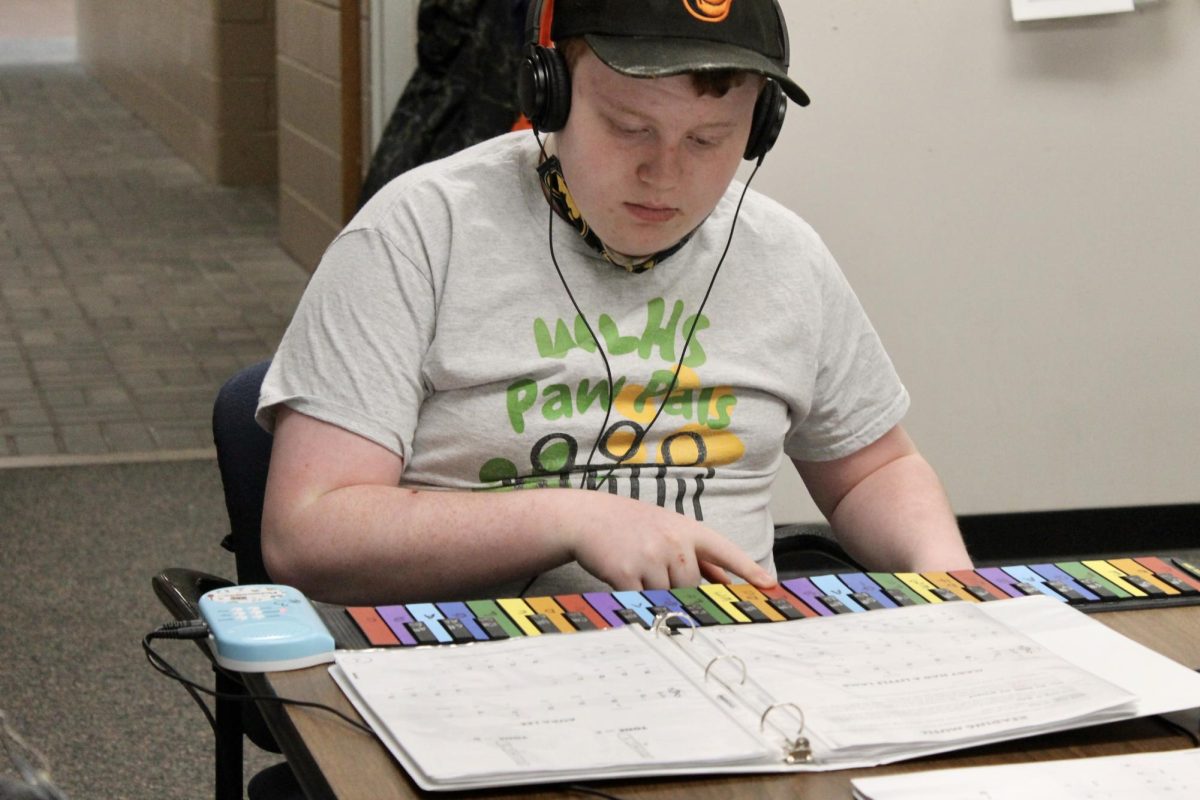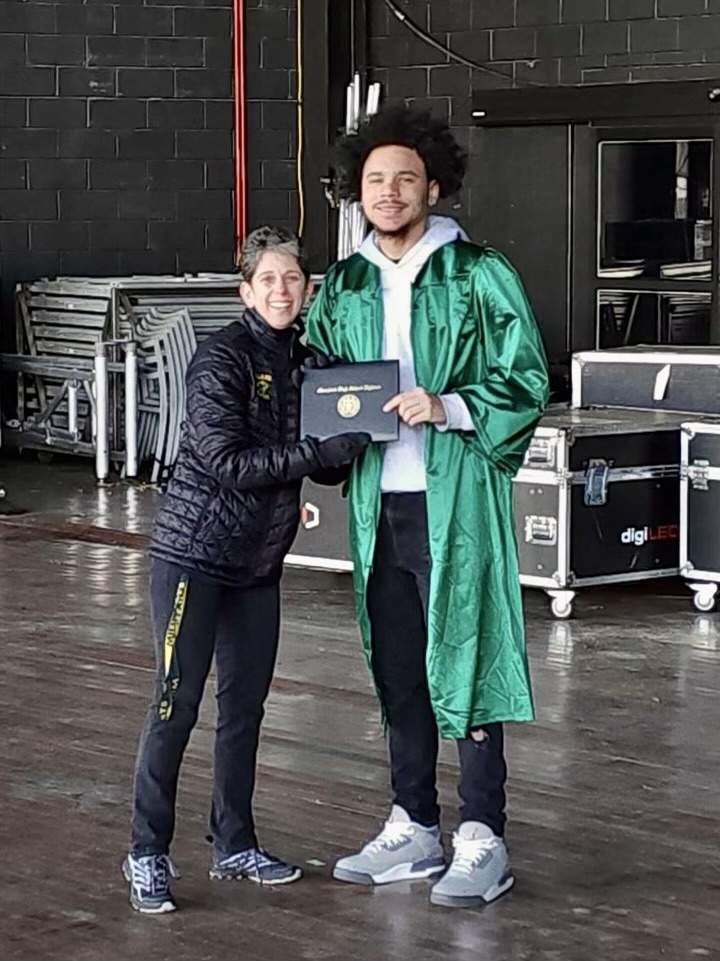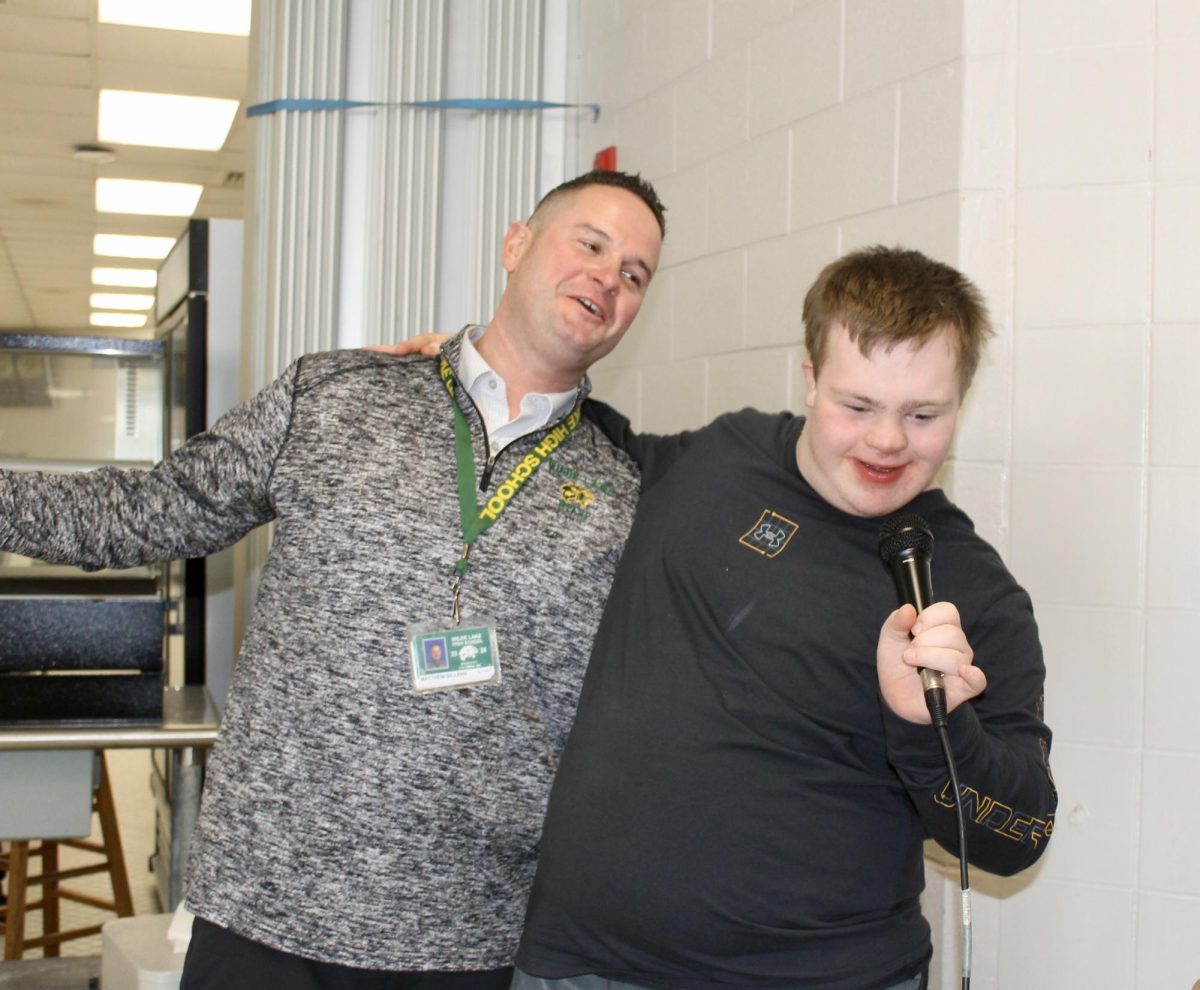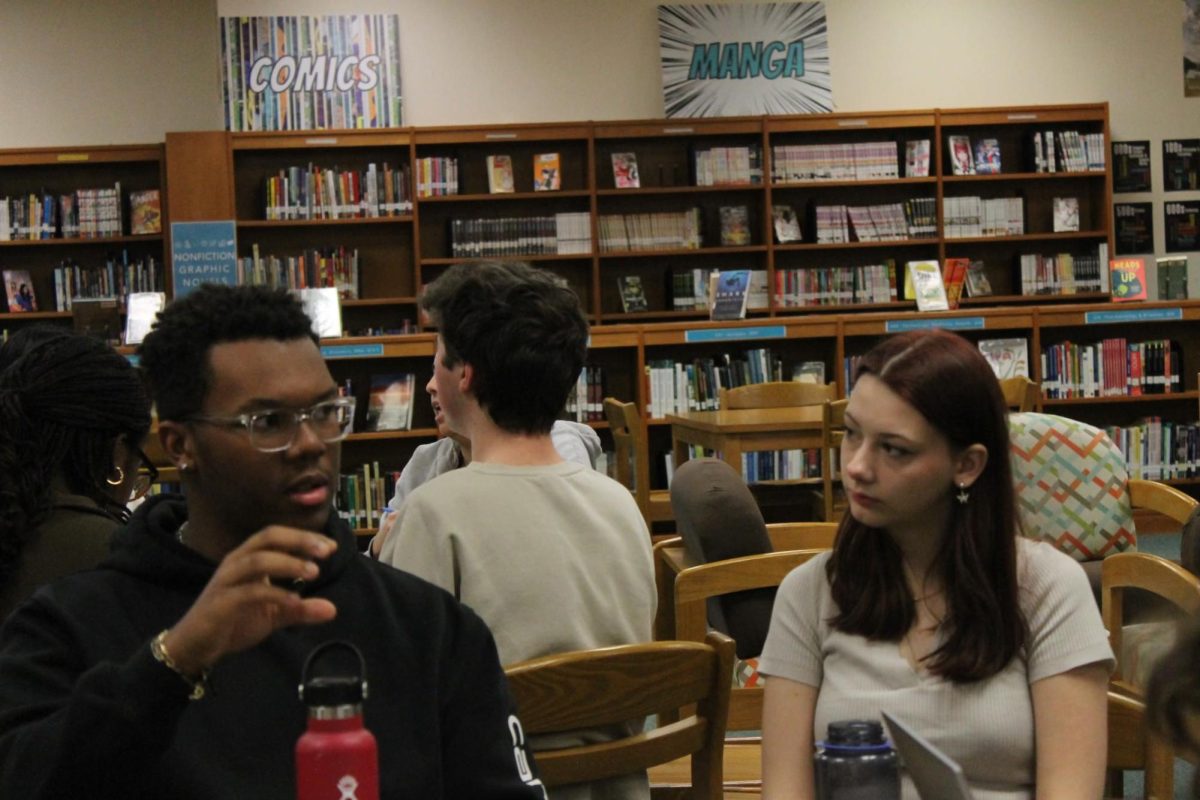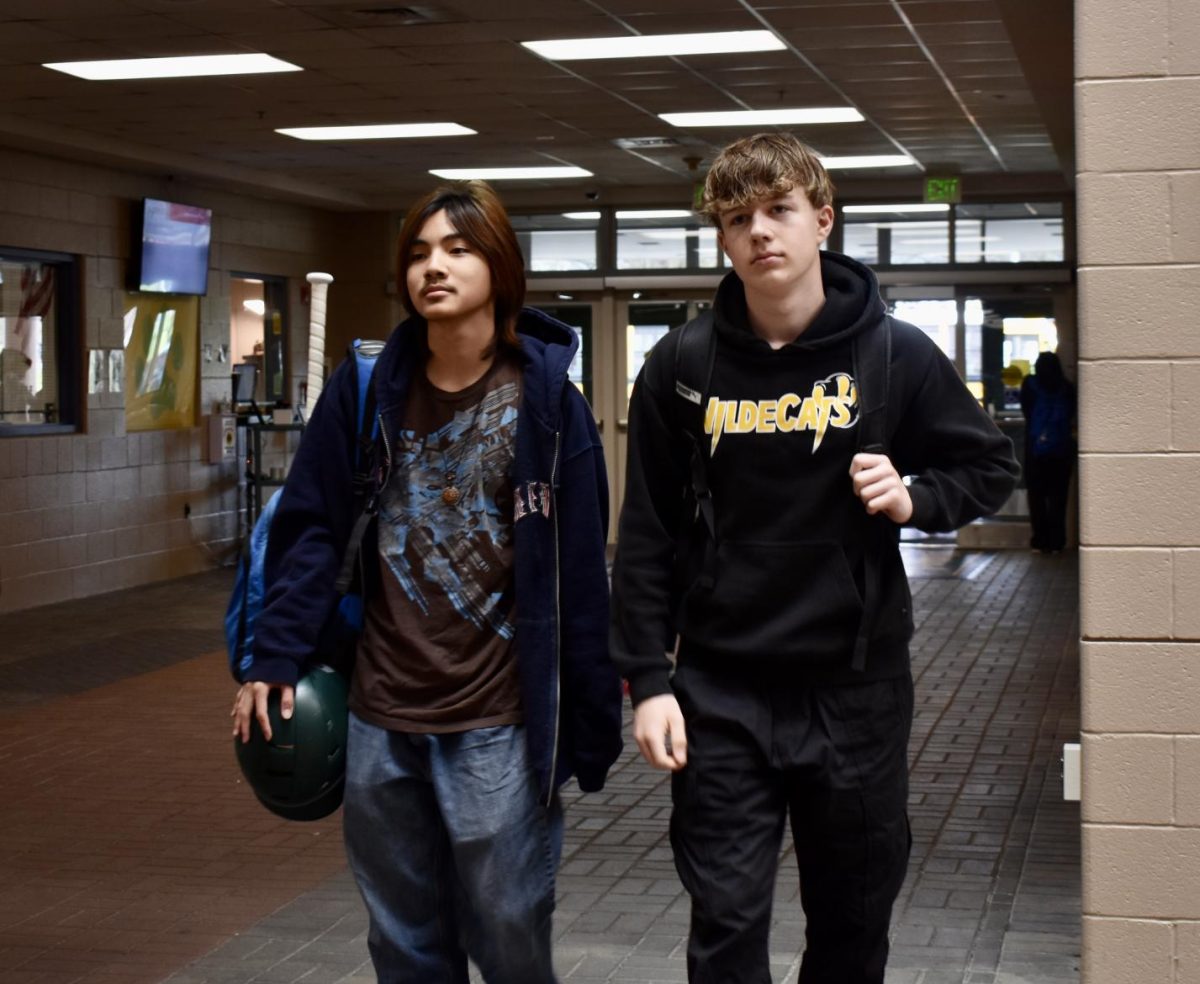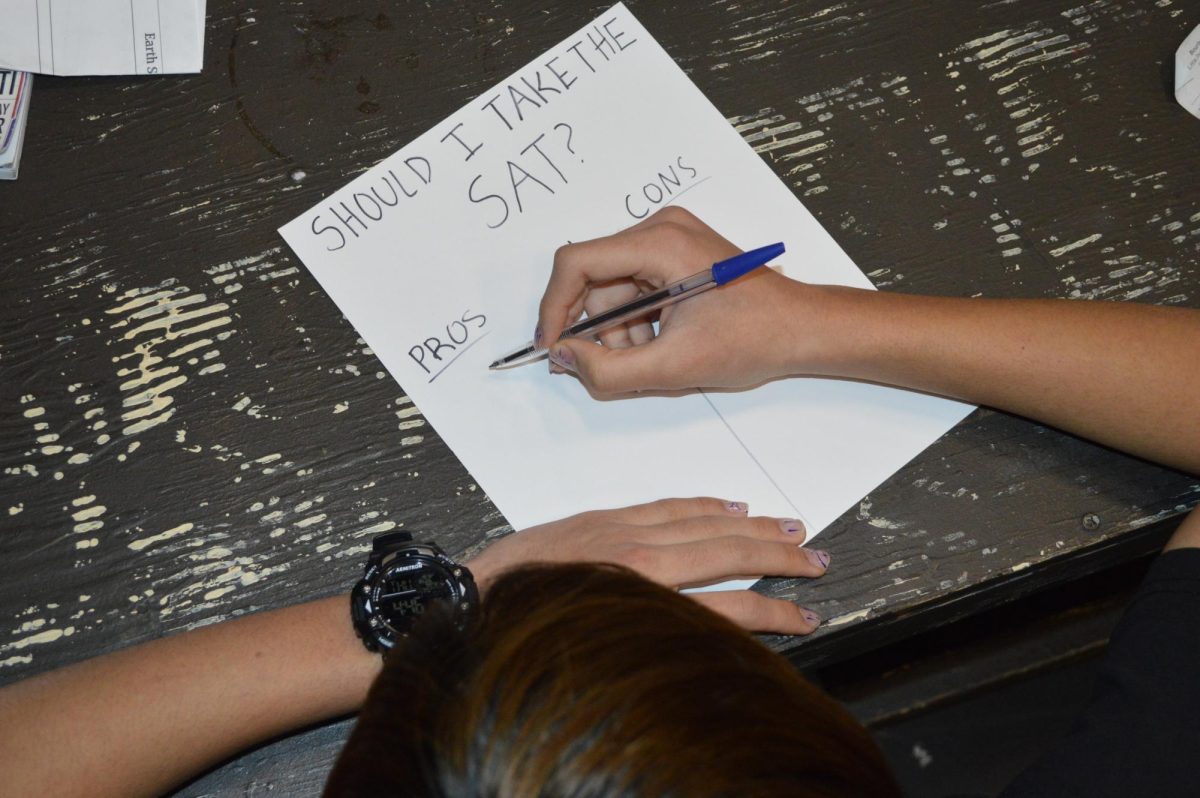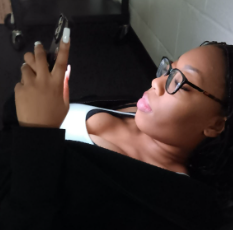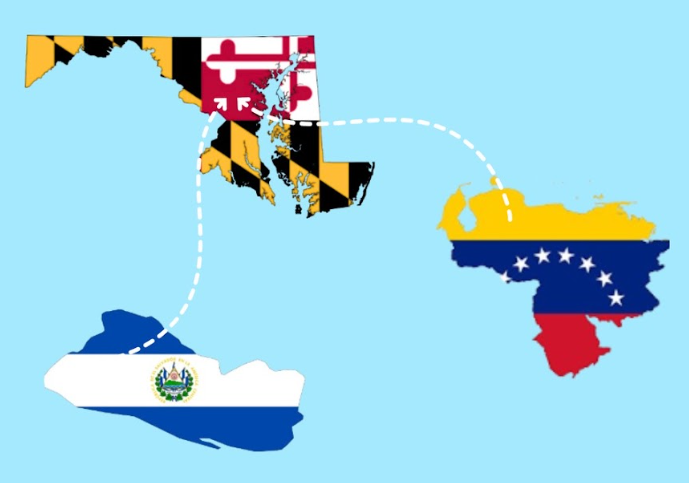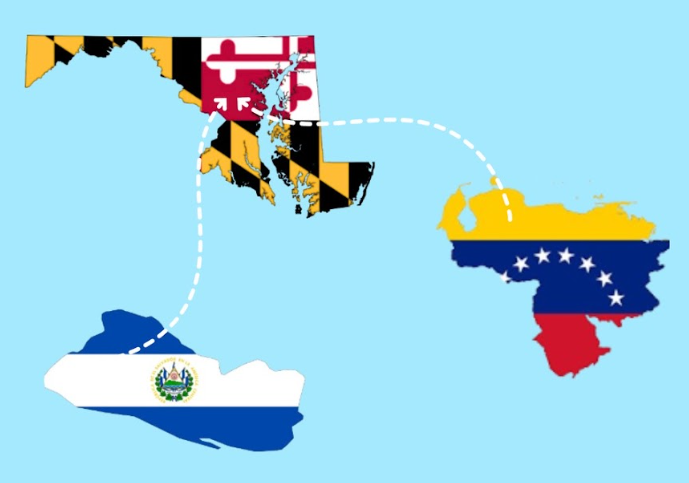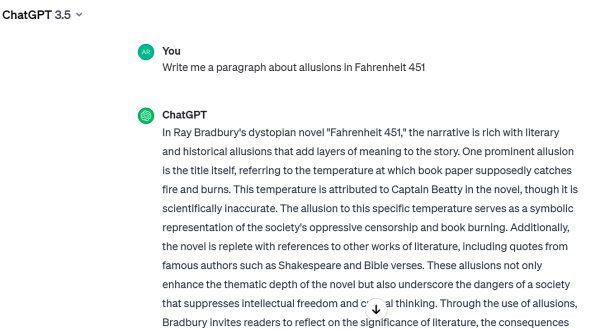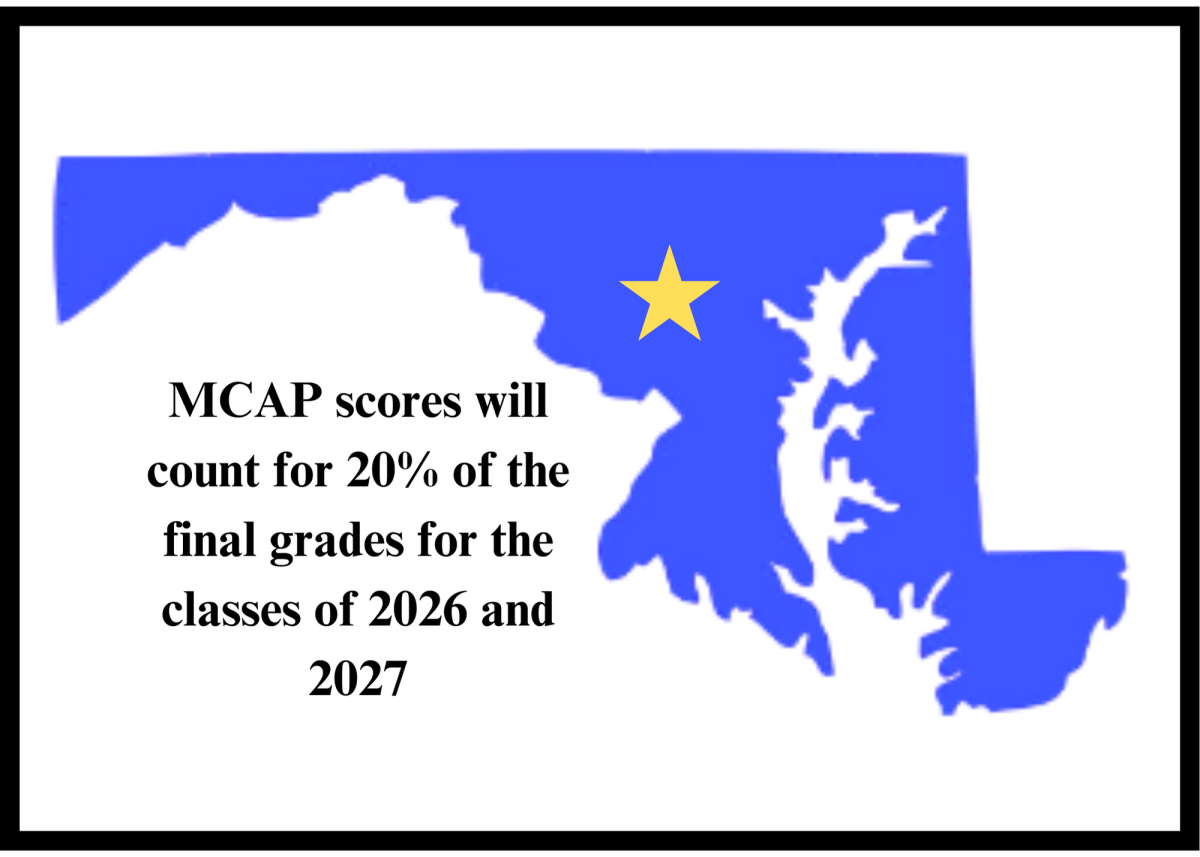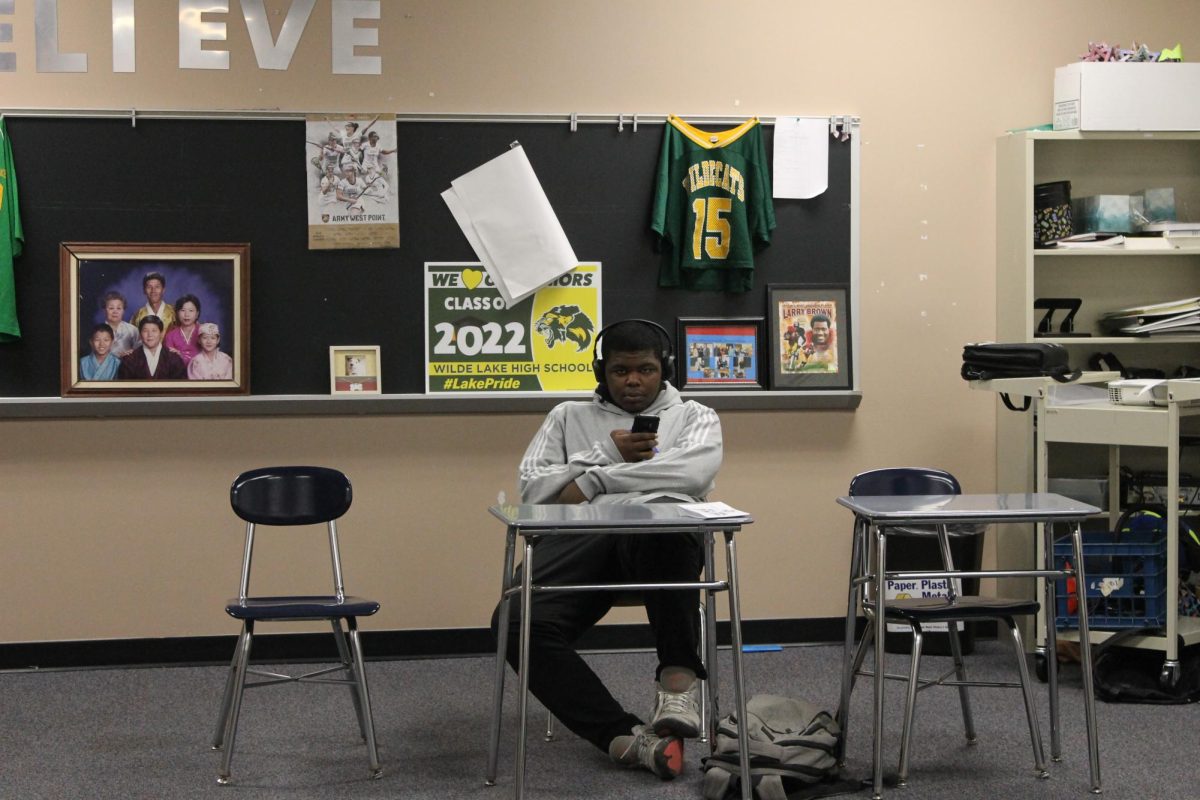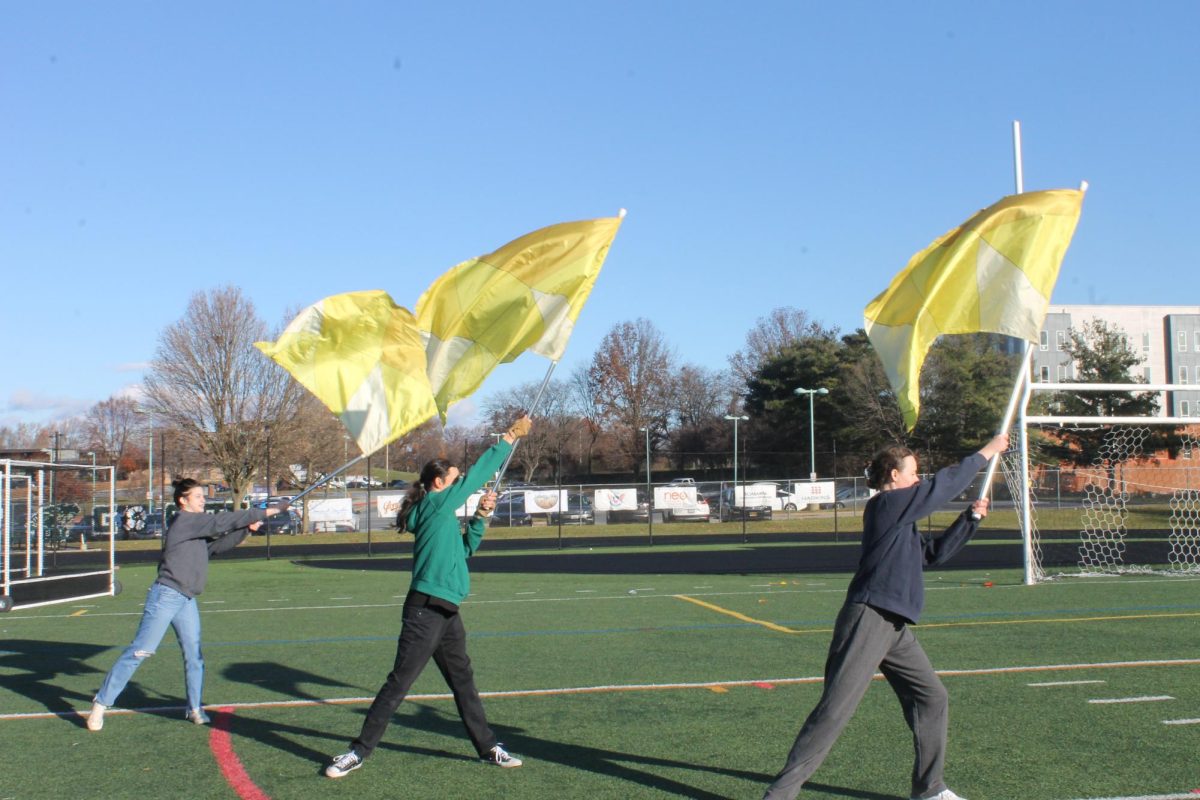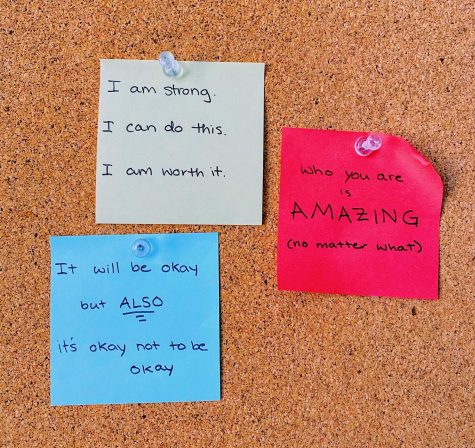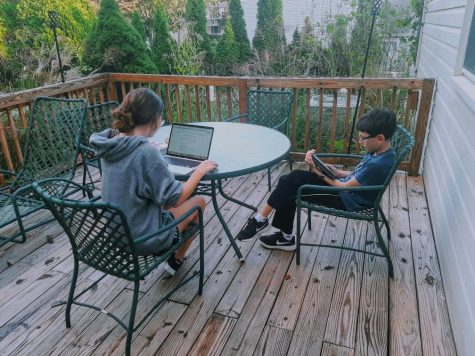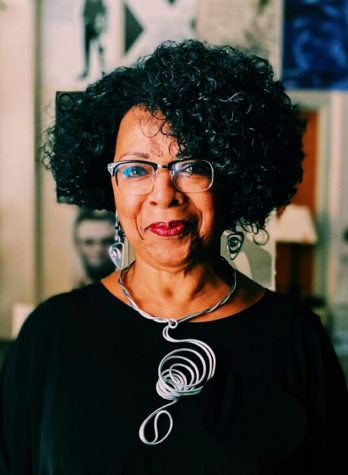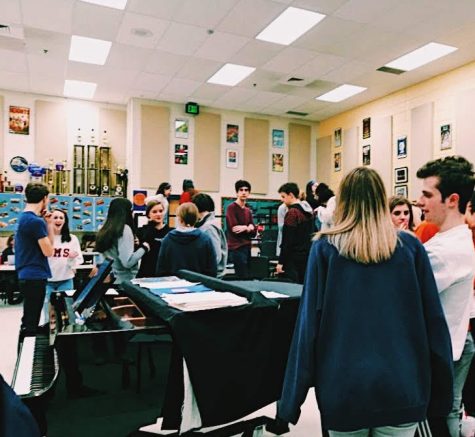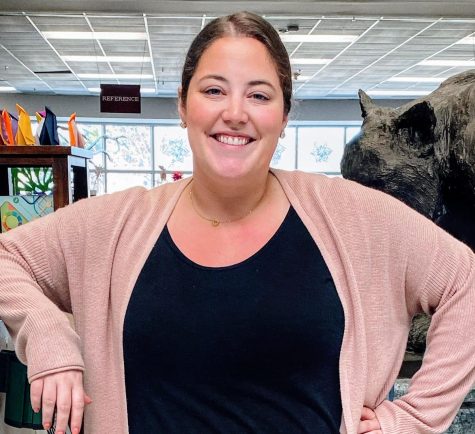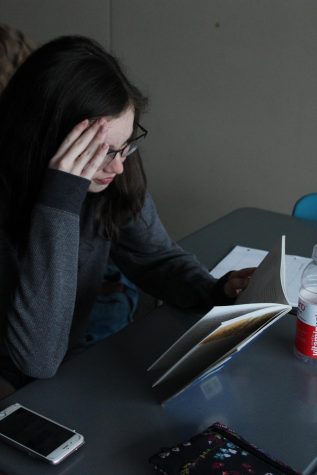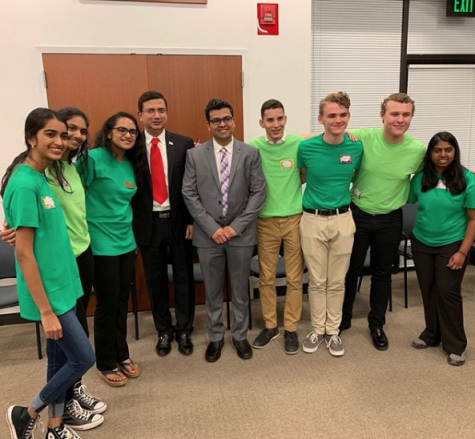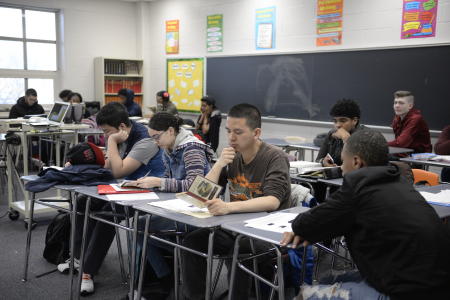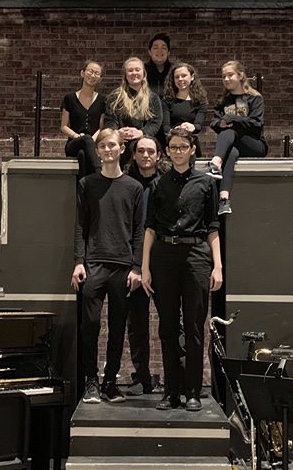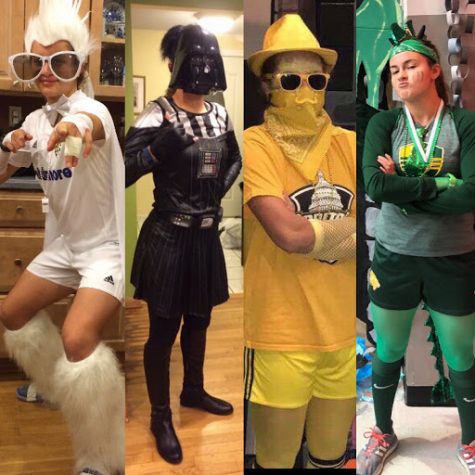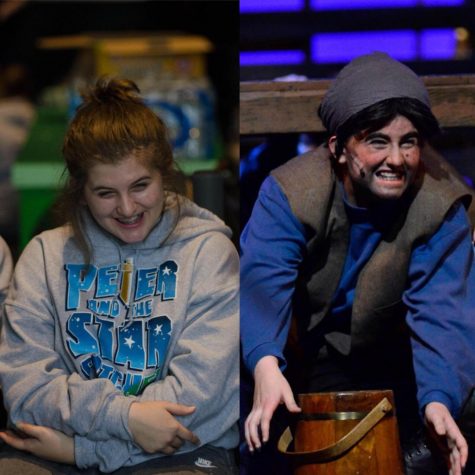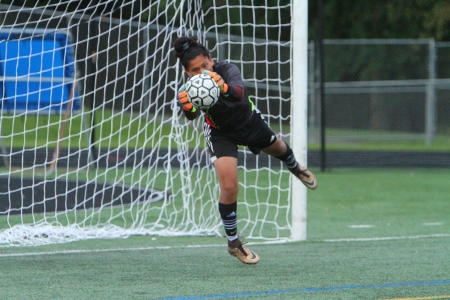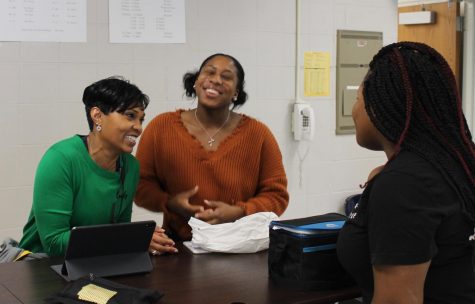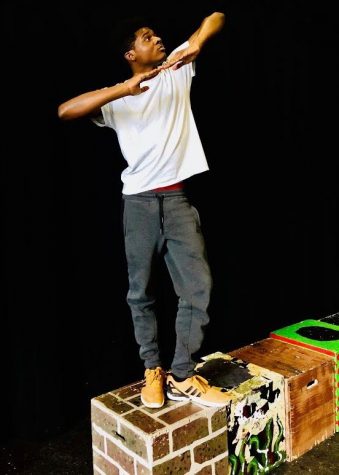Language Department Drops Upper Level Classes, Lower Level Classes Reach Maximum Capacity

December 18, 2018
In recent years, there’s been a lack of enrollment in higher level language classes. Consequently, Wilde Lake’s language department has cut Italian III and IV in the 2018-2019 school year. With students no longer having a class to take, upper level Italian students have to either pick a new language or not take a language at all.
This follows a trend of losing upper level language classes at Wilde Lake. Russian was cut entirely from the curriculum five years ago. Chinese has become an online class. French III and IV, as well as German III and IV have been condensed to one class. Once upon a time, American Sign Language was an option for students.
As a result, the teachers of those classes are now teaching more students basic Spanish or French. With those lower level French and Spanish classes filling quickly, they reach maximum capacity. For one teacher, this process took away the one class she came to country to teach.
Anna Martucci-Morris was raised in Italy, and moved to the United States when she was 22 years old to work at the Italian embassy in D.C., but later began teaching Italian at Howard County Community College. After a few years, Wilde Lake offered her, specifically, a job five years ago, in an attempt to eventually filter more students into the community college as well as revamp Wilde Lake’s Italian program, and get more students invested in the language.
However, due to a lack of students in her Italian classes at the end of the 2017-2018 school year, the school’s administration team has been steadily revoking her classes. Just last year, her Italian levels III and IV classes were completely dropped, even though she and her students wished for them to stay.
Now, Ms. Martucci has been called on by the school to teach four Spanish classes, which is neither her first nor second language. With 33 students in each class, “[My students] are not getting the education they deserve,” she said. “Getting every student started takes a lot of time, as there is no personalized attention or equity in classes of 33.” In direct comparison, her Italian class, which rests at 25 students, is much more manageable.
Shelby Kline is a sophomore student in Ms. Martucci’s Italian class. “I was thrilled to come to Wilde Lake and learn Italian,” she said. “But when I arrived, I was so overwhelmed by the three different levels being taught in one classroom. Ms. Martucci had to fight for attention every day, and getting her attention myself was a struggle too.”
Ms. Martucci is not the only teacher in the building who advocates for smaller classrooms. Ms. Shin, a Spanish and French teacher, speaks of how in her class of 16 she can get to every student. It’s so much better.”
Former Russian teacher, Ms. Shin, is very familiar with Ms. Martucci’s situation. The Russian class she taught previously was not getting the number of students it needed to stay afloat, and eventually got removed from the school completely as a class. “I fought hard for it, but it became clear it was never going to happen again.”
Ms. Shin’s classes now average about 29 students each, with one being at its maximum capacity. “Classes that are bigger are harder to discipline, and it is physically hard to get to students with every desk filled,” said Ms. Shin.
Ms. Martucci is hopeful that her higher level Italian classes will return, but is also fearful that they won’t. “Because efforts haven’t been made to help grow the class, the program has crippled,” She said. “I feel like I’m back to where I was five years ago.”



